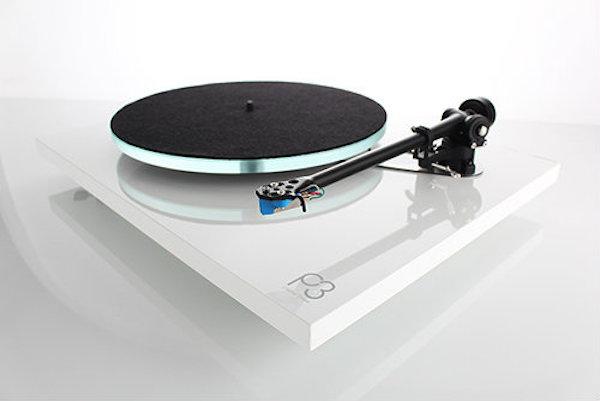Turntable Reviews
Sort By: Post Date TitlePublish Date
|
Mar 06, 2019
|
Oct 07, 2018
|
Aug 01, 2018
|
Feb 21, 2018
|
Feb 08, 2018
|
Jan 30, 2018
|
Nov 20, 2017 |
First Published: Jul 01, 2000
|
Aug 29, 2017
|
Jul 24, 2017
|
Mar 24, 2017
|
Dec 26, 2016















